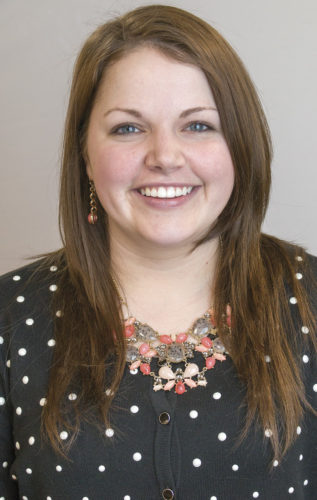Our annual “State of the dairy industry” issue is where we take stock of where the industry has been in recent years, what the present picture looks like and what the future holds.
This reflection reminded me that I had a time capsule sitting in the back of my closet. In seventh grade, I was given a school assignment to create a time capsule that I would open in 15 years. In a clear plastic container with a green lid, marked with my homeroom number and the date (Jan. 12, 2000), I included several momentos, including my favorite hair clips, a church camp t-shirt, a movie ticket stub and some notes from friends. I saved a “Happy 2000” headband to remind myself of the Y2K bug that the world fretted over on Dec. 31, 1999.
I tossed in my first book – written in third grade, also for a class assignment – in the event that I became a famous author. I illustrated and wrote the book, “Let’s Be Friends,” and I must say that my adult self is very impressed with my nine-year-old self’s grammar and dialogue.
My 13-year-old self also included a sealed letter, written to future Emily. I had a good laugh reading what 2000-Emily was most curious about. Her main concern was whether or not 2015-Emily was married and who her friends had married.
2000-Emily would be shocked, but ultimately pleased, I think, to find out future Emily is marrying this year – at the ripe “old” age of 29.
2000-Emily reminded 2015-Emily that she had the best parents in the world with the instructions, “as soon as you are done reading this letter, go over and give them a hug.” 2000-Emily wanted to know if 2015-Emily or her kids were involved in “any kind of dairy competitions or shows.”
My point of making you walk down memory lane with me is this: There are a lot of challenges in the dairy industry right now. Take this opportunity to write down all of the good things you want to remember about this time in your life and on your farm, 15 years down the line.
This issue talks about climate change (The agriculture issue of climat change), low milk prices (“We will never see the prices of 2014 again,” Great Lakes Dairy Conference provides milk price outlook) and increasing questions and demands from consumers (Sustainable food: An appetite beyond the dinner table).
But there are also plenty examples of hope. An aging global population presents an opportunity for U.S. milk protein (Future global demand for milk protein). A New York co-op is offering its dairy producer members additional information at no cost on fatty acids in milkfat (First-in-the-nation co-op to adopt fatty acid analysis).
This will allow those producers to make changes to feed and management, allowing them to earn higher premiums on their milk checks.
One of my favorite articles from this issue is Tom Heck’s column (Doing what's right even if it costs). He recalls a time when he was given a helping hand to manage payments in a tough financial time for the farm, and he repaid the kindness by pitching in on another project where he wasn’t legally required to do so.
“It is always best to do what is right in God’s eyes,” he wrote. “When we do, we are always blessed, and there are no regrets with it.” This story would make a great addition to a time capsule.
You might not have the time to fill up a plastic container with memories from 2015-2016 (though what a great idea to do with bored kids on a snow day!), but I encourage you to sit down and think about your blessings, particularly on your most challenging days over the next year. PD

-
Emily Caldwell
- Editor
- Progressive Dairyman
- Email Emily Caldwell





